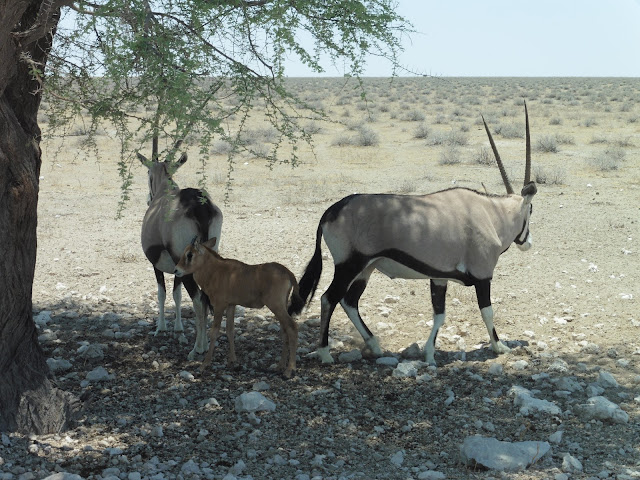It was an
invitation too good to miss. Martin Collier, Norfolk Liverpool were put to one side. It was a
bright December morning when I joined Martin and recording colleague Steve Lane
 |
| A bright December day on NWT Thorpe Marshes. |
 |
| Nemostoma bimaculata, a tiny harvestman. Bimaculata means two-spotted. |
Beetle
records on the reserve to date have been mostly relatively big, bright species
on summer flowers. Surely an icy day in December was far from promising? How
wrong that was. The key technique was a fistful of damp marsh vegetation, often
from a ditch edge, shaken through a coarse mesh sieve into a white bowl. The
volume of invertebrates, once you had your eye in, was remarkable. Most were tiny:
beetles of various shapes, almost microscopic harvestmen, pseudoscorpions. I
photographed and noted names of bigger species; a longer list will drop into my
inbox when time allows.
 |
Paederus riparius, a rove beetle from ditch edge
vegetation.
|
 |
| A tiny pseudoscorpion, seen in a specimen tube. |
 |
| Planorbarius corneus, great ramshorn snail. |
The
enthusiasm was contagious and the expertise broad as they dipped into ditches,
too. This revealed water beetles and the mix you’d expect from in a
pond-dipping session: backswimmers, water boatmen, water slaters (like an
aquatic woodlouse), snails, pea mussels and various larvae. They deduced that a
big pile of earth included a moles’ nest, a place for a difference mix of bugs,
including female mole fleas, Britain
Tussocks
of cocksfoot grass on the dry banks of the River Yare produced a different mix
again, dominated by spiders. Many were immatures of familiar species, like
nursery web spiders. Under one bit of bark there was a cluster of harlequin
ladybirds, much as you might find in a house; under another were two
red-and-black false ladybirds, fungus feeders.
 |
| False ladybird Endomychus coccineus. |
The
biologist J B S Haldane, when asked about for his take on creation vs.
evolution, was fond of saying that, “God has an inordinate fondness for
beetles.” Martin and Steve might plead guilty to a similar fondness. The focus
here was on wetland species but I’m sure they could enthuse any naturalist
about the life within your garden compost heap. The reserve will be all the
richer for their records.
Steve was
still sifting vegetation as the sun was dropping behind the ridge beyond the
river and I went home for a very late lunch.
 |
| Martin
Collier and |




































